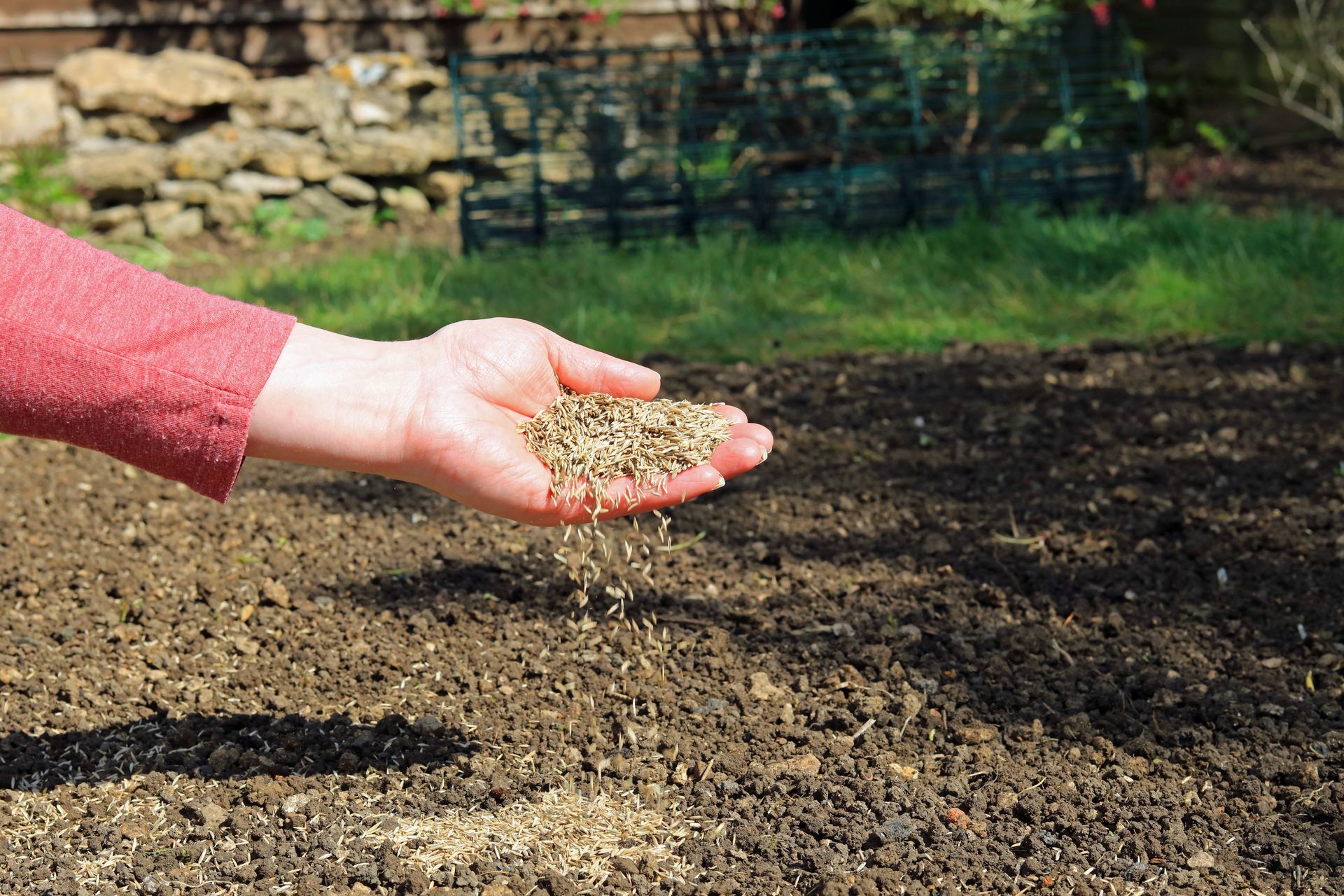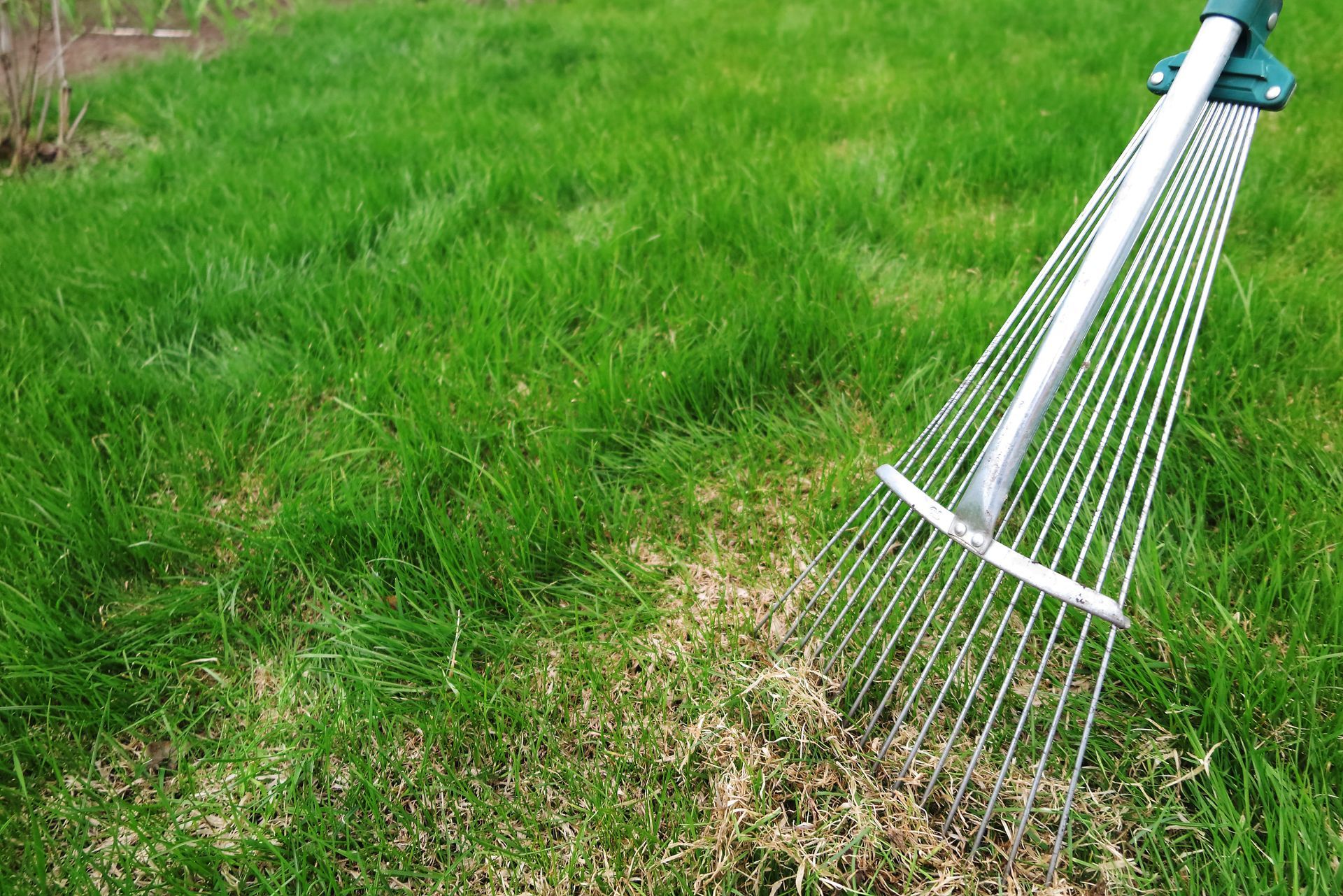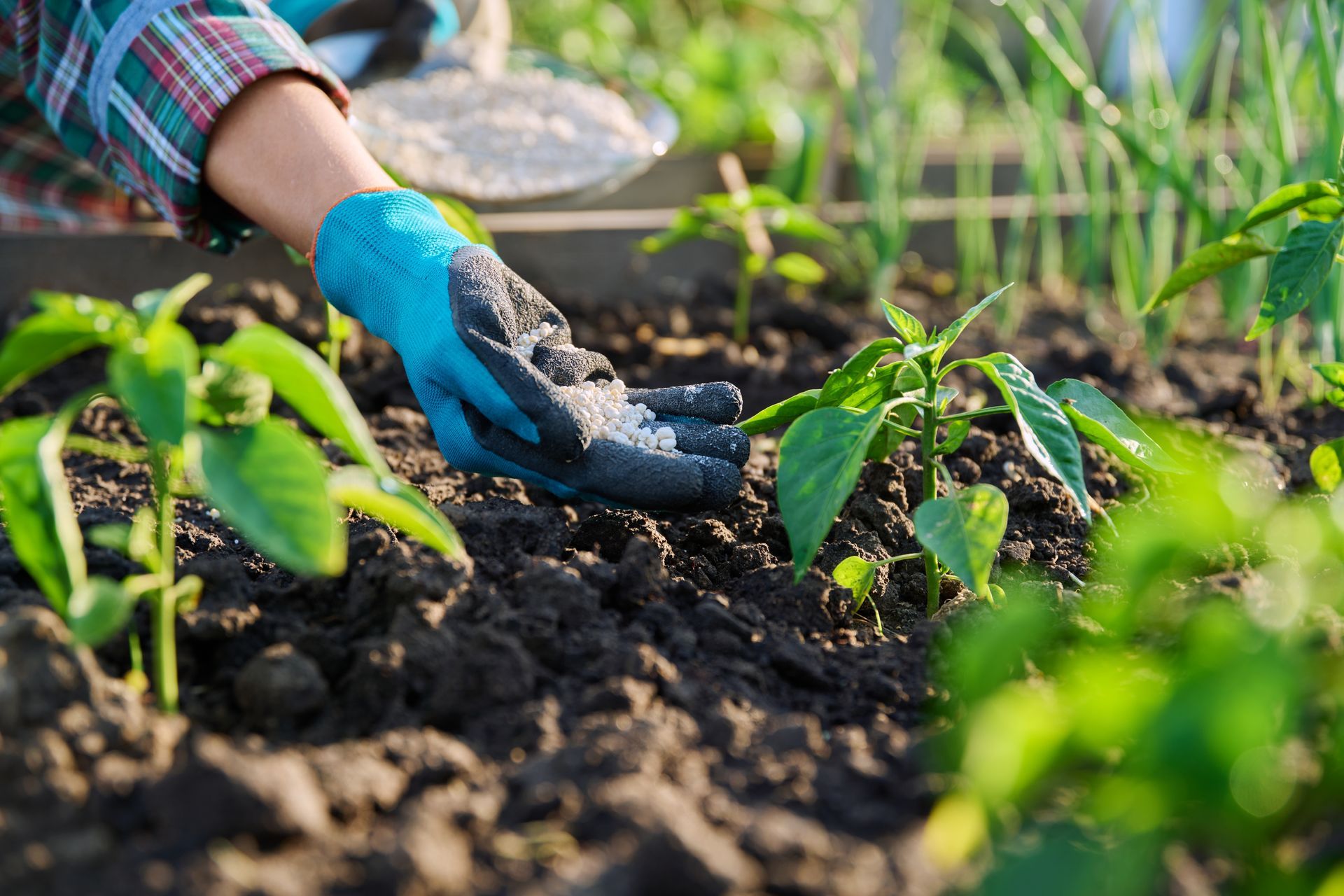July 24, 2024
Sustainable Lawn Care: Reducing Water Usage and Environmental Impact
Maintaining a lush, green lawn is a priority for many homeowners. However, traditional lawn care practices can significantly impact water resources and the environment. By adopting sustainable lawn care methods, you can help reduce water usage and environmental impact while keeping your lawn beautiful and healthy.
Benefits of Sustainable Lawn Care
Sustainable lawn care practices not only help the environment but can also save you money and time. Water conservation, reduced chemical use, and enhanced soil health are just a few of the benefits. Reducing water usage helps preserve local water supplies and lowers your water bill. Using fewer chemicals minimizes the risk of pollution and promotes a healthier ecosystem. Additionally, sustainable practices improve soil quality, leading to stronger, more resilient grass.
Xeriscaping: Designing for Water Efficiency
Xeriscaping is a landscaping method that reduces or eliminates the need for supplemental water from irrigation. It involves:
- Choosing Drought-Resistant Plants: Select native or drought-tolerant species that require less water.
- Mulching: Use mulch to retain soil moisture and reduce evaporation.
- Efficient Irrigation: Install drip irrigation systems that deliver water directly to the roots.
Smart Irrigation Systems
Upgrading to a smart irrigation system can significantly cut water waste. These systems use weather data and soil moisture sensors to adjust watering schedules automatically. With precision watering, you water only when and where needed. You can manage your irrigation system from your smartphone, reducing overwatering and runoff. This not only saves water but also ensures your lawn gets the right amount of moisture.
Organic Pest Control
Avoid chemical pesticides and opt for organic pest control methods. This includes:
- Beneficial Insects: Introduce natural predators like ladybugs to control pest populations.
- Neem Oil: Use natural oils that repel pests without harming beneficial organisms.
- Companion Planting: Plant certain species together to naturally deter pests.
Using Native Plants
Native plants are well-adapted to the local climate and soil conditions, making them more resilient and less water-dependent. They require less maintenance, water, fertilizer, and care. Native plants support local wildlife by providing habitat and food for native pollinators and other wildlife. With reduced chemical use, there's less need for pesticides and herbicides, promoting a healthier environment.
Lawn Care Tips for Water Conservation
Simple changes can make a big difference in water usage. Mowing high keeps grass longer, shading the soil and reducing evaporation. Watering early in the morning reduces evaporation and fungal growth. Aerating the soil improves water penetration and reduces runoff. These small adjustments can lead to significant water savings and a healthier lawn.
Transform Your Lawn with Visionary Fertilization
Ready to make your lawn more sustainable? Contact Visionary Fertilization in Shelby Township, MI for expert advice and eco-friendly lawn care services. Let us help you achieve a greener, healthier lawn that benefits both your home and the planet. Fill out our form or call us today!




